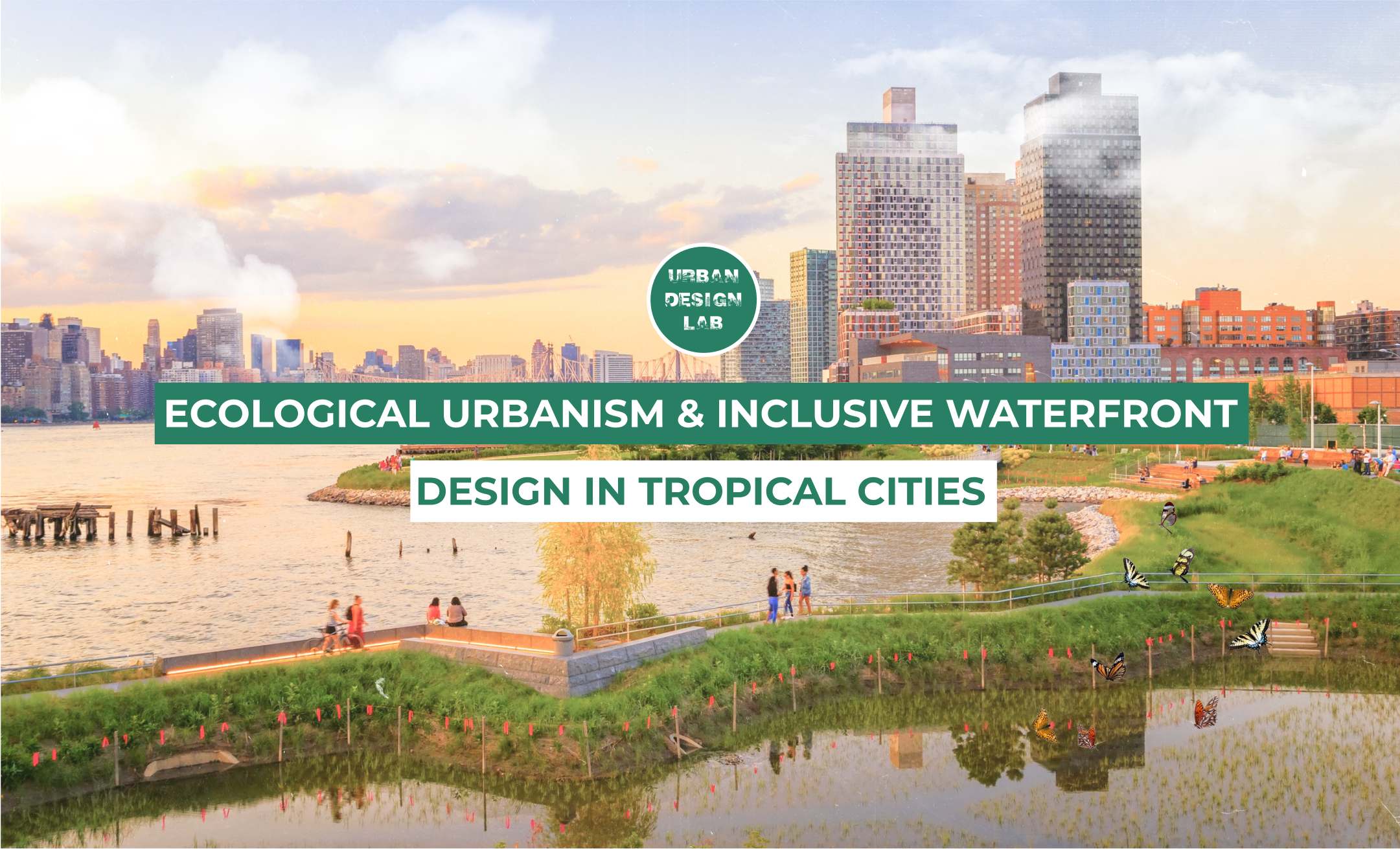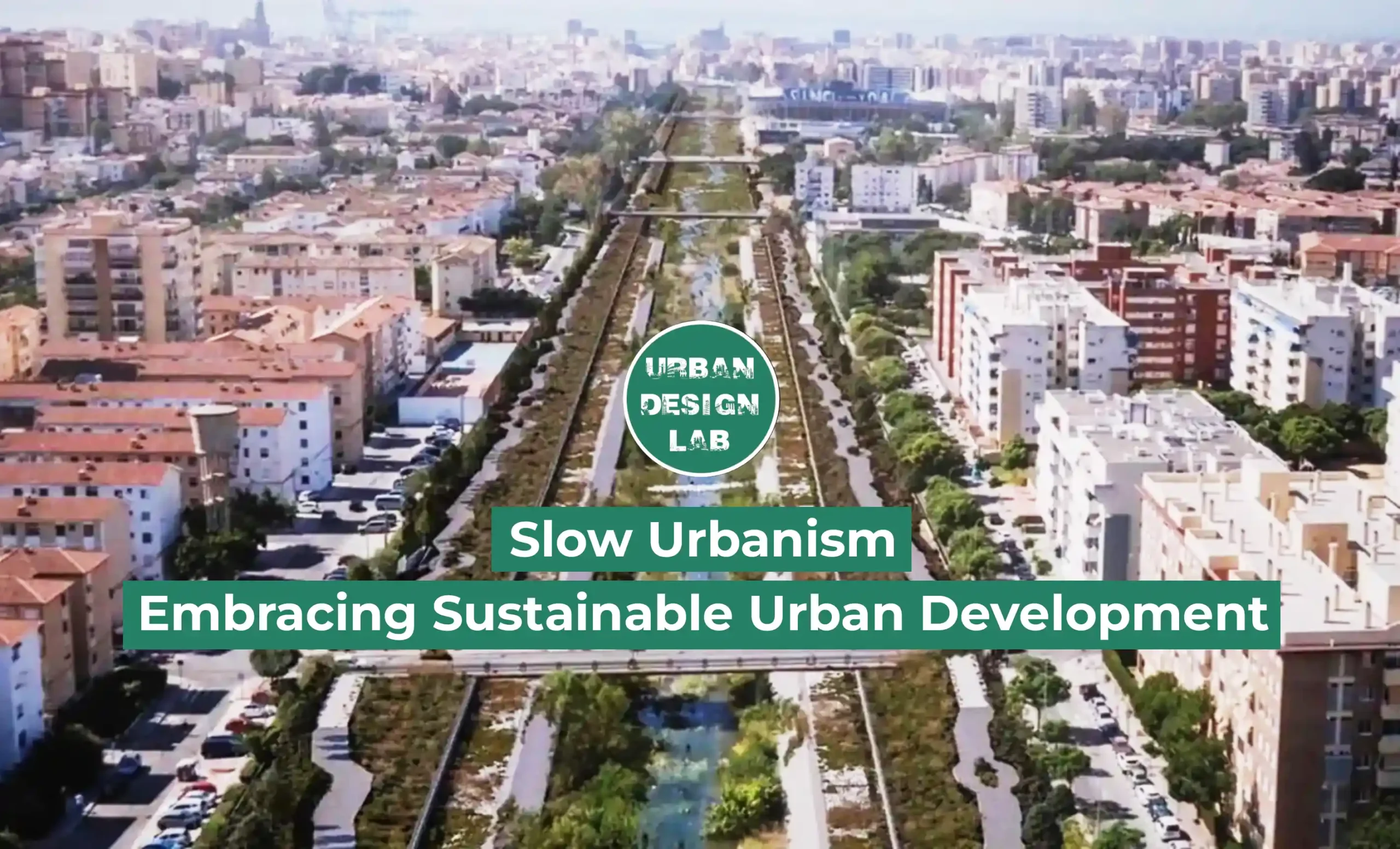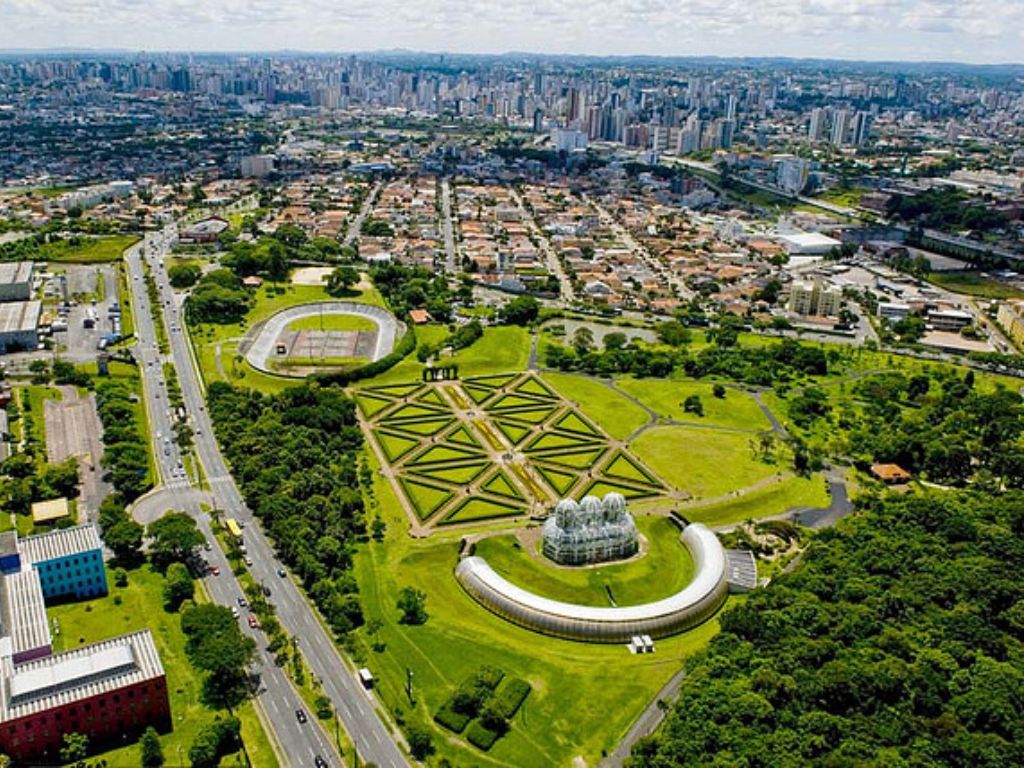
Gender Responsive Urban Mobility Design Strategies

The political strategies of a country are central to any urban planning. A group of elites plan it based on the society’s socio-political disparities. This urban planning process leaves a trail of victims: women, LGBT, the elderly, etc. So male-dominated megacities have often neglected the needs of our society’s most vulnerable. But it hasn’t included gender-responsive elements in its design strategy.
Urban mobility refers to people moving from one place to another in a city. Bus stops, train stations, and taxi stands are among the most frequently used public spaces in a city. Despite the reliability of public transportation, 40% of women in Karachi limit their travel time due to lack of security and fear of harassment. People who live in cities have different travel habits and security perceptions, so public transportation often doesn’t cater to a larger public.
Gender, like infrastructure, shapes an individual’s social construct and defines his social behaviour. These behavioural patterns are linked to individuals’ travel patterns as a result of how that gender navigates society. Responsibility, travel, and commute time are all intertwined with each gender’s identity. However, cities are designed based on a generalised preconceived idea of how every individual travels in the city.
To design gender-sensitive urban mobility in the city, it is critical to include user analysis in the design process. Use of public transportation by each gender is calculated using user analysis. Surprisingly, women took 45 percent more bus and train trips than men in Mumbai. The study claims that women use public transportation far more than men, owing to the gender-stereotyped roles assigned to each gender.
The female travel pattern is care mobility; they are responsible for all household chores and child care. Throughout the day, these women pick up children from school, shop, take them on field trips, and visit hospitals. Because most men work 9-5 jobs, women who use public transportation are lower middle class and work part-time or informal jobs (domestic worker). So instead of going to a specific location, these women make multiple trips throughout the day to various locations.
For example, young girls and boys commute to colleges and universities, and transgender people use public transportation as their primary mode of transport. Lack of income and access to other modes of transportation all contribute to one’s reliance on public transportation. Women cannot ride motorcycles in Pakistan, India, and Bangladesh due to cultural and religious restrictions. Despite the fact that women rely heavily on public transportation, the urban mobility structure is not designed for their needs.
The design doesn’t address the needs of domestic workers who work outside of the 9-5 norm, or young girls and boys who commute for evening classes. The transit architecture is designed to work around the typical working hour, ignoring the fact that other genders mobilise at various times throughout the day.
Due to the preconceived notion of how people move throughout the day, the urban mobility structure does not accommodate all genders. Before designing a public space, it is important to understand the priorities, insecurities, and behaviours of each gender. Pre-design user and space analysis can help design a more gender-responsive urban mobility structure. An important part of pre-design analysis is mapping, which helps the designer visualise societal issues for different genders. Multiple map types could be studied and analysed to design a gender-inclusive transit architecture.
The crowd mapping shows how the crowd using public transportation varies around the city, with lower-middle-class people using it more. The maps show that equal distribution of transit spaces throughout the city is an absurd idea, and that transit spaces, such as bus stops and taxi stands, need to be organised according to crowd variation. More transit spaces should be built in areas with higher transit usage. Overcrowding is the most common excuse for gender-based harassment in transit public spaces.
For example, young girls and boys commute to colleges and universities, and transgender people use public transportation as their primary mode of transport. Lack of income and access to other modes of transportation all contribute to one’s reliance on public transportation. Women cannot ride motorcycles in Pakistan, India, and Bangladesh due to cultural and religious restrictions. Despite the fact that women rely heavily on public transportation, the urban mobility structure is not designed for their needs.
The design doesn’t address the needs of domestic workers who work outside of the 9-5 norm, or young girls and boys who commute for evening classes. The transit architecture is designed to work around the typical working hour, ignoring the fact that other genders mobilise at various times throughout the day.
Due to the preconceived notion of how people move throughout the day, the urban mobility structure does not accommodate all genders. Before designing a public space, it is important to understand the priorities, insecurities, and behaviours of each gender. Pre-design user and space analysis can help design a more gender-responsive urban mobility structure.
An important part of pre-design analysis is mapping, which helps the designer visualise societal issues for different genders. Multiple map types could be studied and analysed to design a gender-inclusive transit architecture.
The crowd mapping shows how the crowd using public transportation varies around the city, with lower-middle-class people using it more. The maps show that equal distribution of transit spaces throughout the city is an absurd idea, and that transit spaces, such as bus stops and taxi stands, need to be organised according to crowd variation. More transit spaces should be built in areas with higher transit usage. Overcrowding is the most common excuse for gender-based harassment in transit public spaces.
A proximity map shows the distance between a transit station and the community it serves. It is vital that a safe path connects the neighbourhood to the nearby transit station. However, the other gender in society will prioritise a safe path due to fear of harassment and violence. In the dark, isolated path, there is potential for harassment, violence, robbery, and other forms of crime. Jakarta’s urban light railway network uses proximity mapping to connect peripheral housing and housework locations.
The proximity map also ensures easy access to the transit station for each neighbourhood. Gender-responsive transit space is important, but so is easy access to these facilities. In spite of the evenly distributed transit stations, certain neighbourhoods, such as transgender, are left out. Transgenders are one of the most economically challenged groups in our society, and they frequently travel by bus. This gender also requires a station that is close to their location, but the other neighbourhood is ignored.
Harassment maps show hotspots for harassment and violence. The map helps to integrate security measures in those areas to make transit more gender-friendly. During the design phase, safety and security are often used interchangeably, but this is considered design ignorance. Considering safety precautions at transit public spaces is a general design strategy that does not ensure a sense of protection for another gender. The concept of security is associated with a sense of protection and individuality. Men and women perceive security differently, so a gender-segregated bus stop may not affect men, but it protects women. Transgender people face the same issues as women when it comes to public safety. As a result of the security measures designed to protect women, this gender’s fear of harassment is heightened. Creating safe transit public spaces for the vulnerable group will help them become more accustomed to public transportation while protecting both genders.
Urban mobility encompasses the city’s infrastructure and transit system. Gender-inclusive urban mobility strategies will shape the city into a more secure space that caters to all genders. Gender-sensitive elements in transit station design can also have an impact. According to a recent study, in Karachi, 50% of women have experienced harassment on public transportation, and 42% at transit stations. As a result, harassment occurs at transit stations as well. The smaller transit architecture intervention can make the vulnerable group’s commute safer. Lighting is a key design element that contributes to a safer environment. A well-lit transit station reduces gender-based violence and is more user-friendly. Transit stations’ dark corners are seen as potential hotspots for violence and crime, while well-lit areas are constantly watched. Installing CCTV and alarm buttons at each station can help deter harassment.
Urban furniture shapes how people behave and interact in public spaces. In public, a woman faces visual, physical, sexual, and verbal harassment. The furniture should be designed to subtly address issues of gender-based violence. Instead of installing benches that allow for free physical contact between users, install individual seats that restrict physical contact, reducing the risk of physical violence. The height of handrails and handlebars are often designed for the average body of a male, thus the handlebars are too high for a woman, making them uncomfortable in a public space. Women, especially those travelling with children or carrying groceries, struggle to use the small, cramped seating areas. Women taking public transportation are often multi-tasking and travelling with their children. So the sitting areas should be designed to accommodate women and children.
A long struggle to promote equality and provide equal share to each gender in the urban context. Gender-sensitive design is becoming increasingly important as people realise the positive impact it has on the vulnerable group’s potential and opportunities. Since transit architecture is a necessity for the public, a gender-blind transit space can provide many opportunities for the marginalised gender. Achieving gender-friendly bus stops and railway stations is a constant goal of developed nations. However, the issue persists in South Asian developing countries like Pakistan, India, and Bangladesh. The culture of these countries, combined with poor transit design, limits women’s mobility. The 2012 case of a girl being gang-raped by five men in a Mumbai public bus raises many serious questions. Why is it assumed that women are safe in public? Why is public transport becoming a potential rape culture space? Why are transit public spaces becoming a danger to our society’s most vulnerable? Most importantly, would this have happened if our transit public spaces were gender-neutral?
About the Author
Aqsa is an under graduate student at Indus Valley School of Art and Architecture, and a self-taught writer. With keen interest in urban planning and cartography. She believes that words are the fourth or the unseen dimension of a space that can enable people to connect to spaces more than ever thus aiming to empower the architecture community through her voice.
Related articles


Architecture Professional Degree Delisting: Explained

Periodic Table for Urban Design and Planning Elements


History of Urban Planning in India

UDL Illustrator
Masterclass
Visualising Urban and Architecture Diagrams
Session Dates
17th-18th January 2026

Urban Design Lab
Be the part of our Network
Stay updated on workshops, design tools, and calls for collaboration
Curating the best graduate thesis project globally!

Free E-Book
From thesis to Portfolio
A Guide to Convert Academic Work into a Professional Portfolio”
Recent Posts
- Article Posted:
- Article Posted:
- Article Posted:
- Article Posted:
- Article Posted:
- Article Posted:
- Article Posted:
- Article Posted:
- Article Posted:
- Article Posted:
- Article Posted:
Sign up for our Newsletter
“Let’s explore the new avenues of Urban environment together “














































